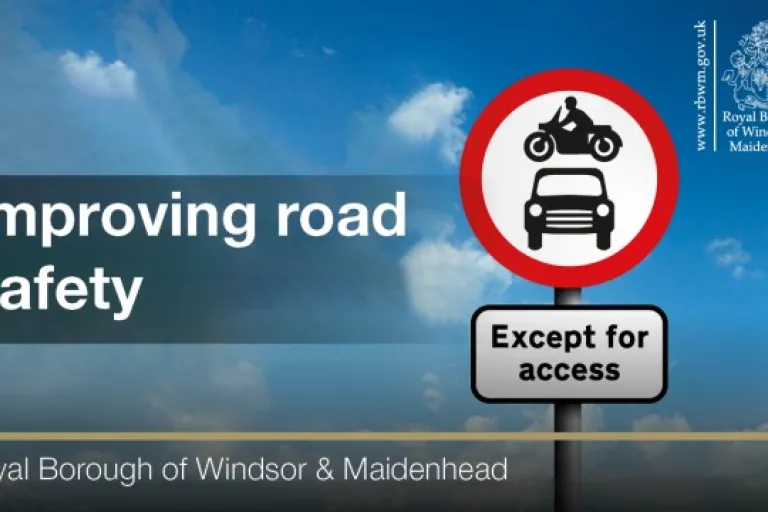
The Royal Borough of Windsor & Maidenhead is preparing to start enforcement of existing moving traffic restrictions, initially at 10 problem locations, in order to improve road safety and reduce congestion.
In the coming weeks, the council will use Automatic Number Plate Recognition (ANPR) cameras to tackle illegal and dangerous driving activities, such as turning up one-way streets, ignoring no entry signs, exceeding weight limits and driving in pedestrian zones.
While police will continue to have powers, traffic police cannot be at all trouble spots all the time to personally witness contraventions, so cameras at target locations will make enforcement more consistent, effective and hopefully be a deterrent, helping to improve road safety and cut congestion.
This follows a public consultation last year, in which most respondents supported targeted camera enforcement for moving traffic contraventions in the borough, to help the police with tackling dangerous driving.
In the coming weeks, cameras will be installed on existing lampposts or new posts at the trouble spots where monitoring and public feedback show restrictions are breached most. New warning signs will be installed, and existing signs and road markings will be refreshed as needed.
The 10 initial locations and associated restrictions:
- Eton Bridge, Windsor - No Motor Vehicles
- Junction of Kings St and Nicholsons Lane, Maidenhead – Pedestrian zone
- Grenfell Road, Maidenhead – Left Turn Only
- Outside Wraysbury School, Wraysbury – Vehicular traffic prohibited during specified school drop off/pick up times
- Cookham Bridge, Cookham (camera installation only once essential maintenance is completed) – 7.5 Tonne Weight Limit
- William Street, Windsor – No Entry Except Access
- Mounts Hill, Winkfield – No Right Turn
- Chobham Road, Ascot – 7.5 Tonne Weight Limit
- Oxford Road East, Windsor – No Entry Except Access
- Altwood Road, Maidenhead – Vehicular traffic prohibited during specified school drop off/pick up times.
Installation is scheduled to be completed in January and February, and enforcement will start soon after. For the first six months, motorists who break the rules will be sent a warning letter for each first-time infringement of their vehicle at each location. Any subsequent breach during this period will lead to a penalty charge notice.
After that first six months, warning letters will end and all breaches will result in a penalty charge notice. Fines will be reinvested to maintain the cameras and make roads safer and more efficient.
The cameras will specifically detect number plates, however each image will be reviewed by a real person, meaning motorcyclists and scooter riders will not be fined if they have dismounted and, for example, are clearly pushing their bike through a pedestrian zone.
Councillor Geoff Hill, Cabinet member for highways and transport, said: “Most motorists always drive responsibly. However we’ve all seen those who flagrantly ignore the restriction signs, putting the safety of other road users at risk, and we’ve got some problem locations where rules are commonly broken.
“These measures allow us to work further in partnership with the police to improve road safety and tackle congestion for the benefit of communities affected most by illegal and dangerous driving. Hopefully, cameras and warning signs will act as a deterrent to help reduce the risk of breaches happening in the first place, and we can then move cameras onto other sites with issues.
“The presence of cameras does not create any new restrictions, only helps with enforcement of current rules. We’re taking a proportionate approach, by targeting those trouble spots where consistent enforcement will have greatest benefit, and by giving reasonable notice and ‘one warning per vehicle, per location’ as well. Any revenue surplus from fines will be spent on improving safety for all road users.”
An FAQ with further information is available here.